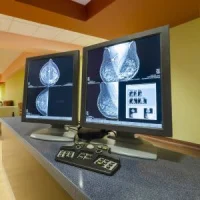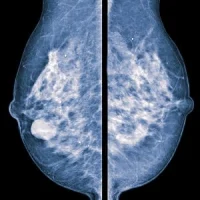The Austrian Health Insurance Fund (ÖGK) and the Medical Association are considering changing the present breast cancer screening program to a risk-based breast cancer screening.
The goal of running an age-based screening programme is to diagnose cancer as early as possible in order to reduce the chances of missing a diagnosis. It helps to reduce surgical procedures and reduce the number of deaths from breast cancer.
Among many European countries, it is recommended that women aged 50-69 undergo mammograms at two-or three-year intervals. Whereas in the U.S., annual screening is done for women aged 45-74.
Ingrid Zechmeister-Koss, deputy director of the Austrian Institute for Health Technology Assessment(AIHTA), discusses the benefits and harms of population-based breast cancer screening, stating, "There is no doubt that mammography can lead to false-negative results as well as false-positive suspected breast cancer cases, resulting in unnecessary biopsies and therapies".
Risk-based screening considers an array of risk factors including family history of breast cancer, breast density, body mass index, hormonal factors or genetic markers. Risk-prediction models assist in estimating the probability of a woman developing breast cancer within a certain time period.
According to that risk, one can decide on the frequency of mammograms. The goal is to lessen the disadvantages of conventional screening, so that women with a low risk of breast cancer would undergo less frequent screening, and women with an increased risk would undergo more frequent screening.
In ongoing randomized control trials, risk-based screening is being compared with conventional breast cancer screening, and the results will reveal the benefit-harm ratio. However, they are not expected to be released until 2026.
Moving forward, more preparations are needed prior to introducing this screening strategy.
In order for individual risk factors to be systematically recorded, a standardised tool is needed.
As Zechmeister-Koss explains,“If, for instance, breast density is being considered as a risk factor, a standardized method for measuring breast density should be defined”.
The success of a risk-based screening strategy relies on whether it can be proven to be effective, appropriate, accessible and acceptable.
Source: HTA Austria
Image Credit: iStock
References:
Frühwirth I& Wolf S(2022) Risk-based breast cancer screening in Austria: a systematic analysis of predictive models to assess individual breast cancer risk, their utility and applicability in a breast cancer screening programme. HTA-Projektbericht 145.










